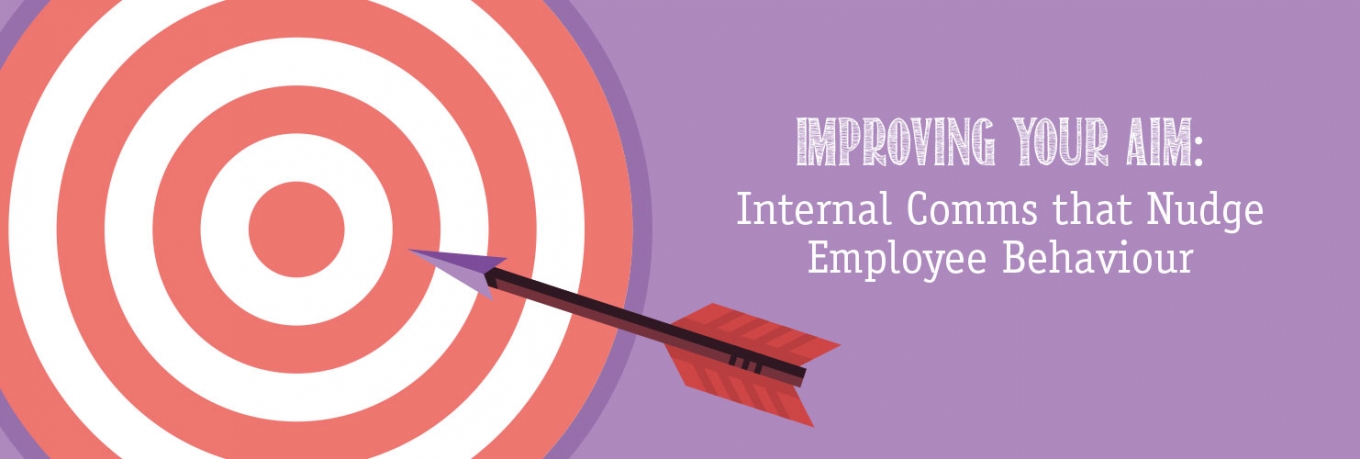There’s a wee surprise at the bottom of the urinals in Amsterdam’s Schiphol Airport: an image of a small black fly.
And there’s a very simple explanation for its presence – one that links surprisingly to clever psychology and shrewd behaviour change…
It seems that when chaps were using the loos at Schiphol they were leaving the facilities in a hell of a state, and it was all down to their aim being somewhat skew-whiff. In the 1990’s, Aad Kieboom, the director of Schiphol’s building expansion had a small black fly etched just above the drain and off to the left of each urinal. Kieboom can’t take all the credit; the idea came from Jos van Bedaf, manager of the cleaning department, who had had quite enough. Van Bedaf himself got the idea from his time in the army in the 1960s, where he first came across small targets placed in the urinals. It doesn’t have to be flies; it could be anything from little golf flags to bees, trees, images of politicians or even company logos. It turns out that men just can’t resist peeing on things, particularly for target practice or simply on something unsavoury, and a little basic psychology goes a long way towards keeping the place clean.
There’s debate over the result of the Schiphol loo idea, although it has been claimed that spillages have been reduced by up to 80 percent, resulting in significant cost savings.
As well as being an economist, Kieboom is also a ‘choice architect.’
Choice architects focuses the attention of their audience in a particular direction.
In internal communications, choice architects have the responsibility for organising the context in which employees make decisions and subsequently behave, often without even realising it. (And we’re moving away from basic toilet etiquette here!) It could centre on any challenge – staff retention issues, operating effectively with lower costs, safety in the workplace, finding smarter ways to do things, policy reviews, improving customer service or navigating periods of significant change.
We tend to associate significant successes with expensive, time-consuming efforts. For example, great sums have been spent on clearing up messy toilet trouble in public facilities the world over. Fancy ribbed porcelain, urinals shaped to ricochet the stream away from the floor and even splashback screens that let urine in and not out.
Mammoth campaigns are created to support change initiatives both internally and externally, big bucks are spent making things happen and teams can work for months to achieve the desired outcome.
Whilst we wouldn’t want to devalue such efforts (they can be absolutely necessary) there are times when a lighter touch could reap surprisingly rewarding results.
The book, Nudge, written by Richard H. Thaler and Cass R. Sunstein is well worth a read if you want to understand more about choice architecture and the amazing power of small nudges. It touches on the Schiphol Airport fly idea as well as dozens of other examples of such behaviour prompts. Richard Thaler is a long-term advisor to the Behavioural Insights Team (also known as The Nudge Unit) which simplifies complex approaches to look at how behaviours create better policy and a better society. (Read about how their EAST (Easy – Attractive – Timely – Social) framework has helped to generate policy that’s smarter, simpler and highly cost-effective.)
“A nudge is any aspect of the choice architecture that alters people’s behaviour in a predictable way without forbidding any options or significantly changing their economic incentives. A nudge relies on automatic decision making rather than reflective decisions made by conscious consideration.”
A nudge offers a simple, helpful and beneficial option that must be easy to take and just as easy to avoid – freedom of choice is key here. Nudge explores many fascinating behaviour biases including:
Status quo – people’s general tendency to stick with their current situation and therefore the need to set the best possible default options that can act as powerful nudges
Framing – Presenting situations in such a way as to encourage a desired outcome
Gains and losses – Managing the inertia produced by people’s reluctance to give up what they have
Employees are busy people, operating in a complex world in which they cannot always afford to think deeply about every decision they have to make. They will be susceptible to the above biases (and many more you can read about in the book) just like anyone else, and that makes employees just as nudge-able.
A genuine nudge must be in the best interest of the recipient, otherwise we’re heading into the territory of what is deemed as ‘ethical behaviour’.
Every organisation is unique and opportunities to nudge will differ greatly depending on specific challenges and many other factors, however, here are some common nudge ideas to get the creative juices flowing:
- Personalising emails with employee’s names in order encourage greater readership
- Encouraging employees to take part in engagement surveys using goal-specific reminders – eg. ‘We need just 7 more eager employees to complete the survey in order to reach our target’
- Using ‘social normative messages’ such as 9 out of 10 employees benefit from taking online courses
- Encouraging employees in healthcare to pledge a date and time they intend to have a flu vaccine
- Displaying simple information on the economic value of saving energy to encourage more cost efficient usage
- Encouraging employees to take the stairs as part of wellbeing efforts using a consensus campaign “Be Part of the Movement’
- Setting automatic enrolment as the default choice for pension plans
Next time you’re working on elements of behaviour change or considering new strategies and initiatives, think like a choice architect. Consider creative ways to nudge employees towards improved situations and better experiences and outcomes, remembering that ultimately, it’s all about freedom of choice.
Have you introduced successful nudge ideas to the workplace? What were the results? Share your stories @alivewithideas.
















